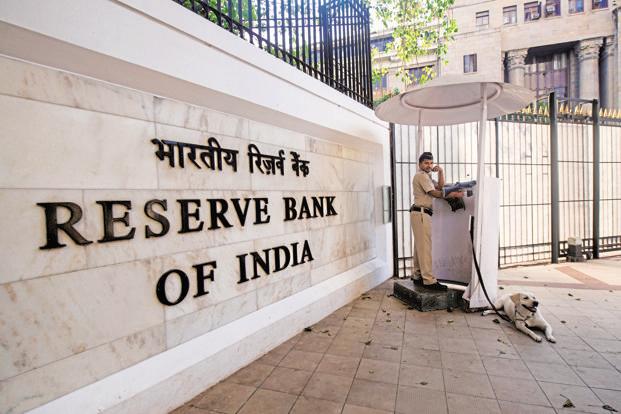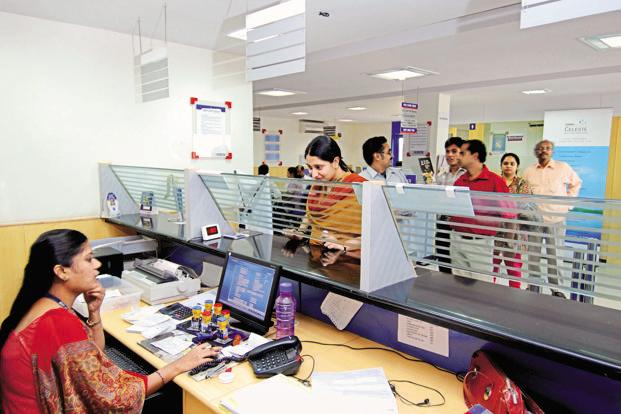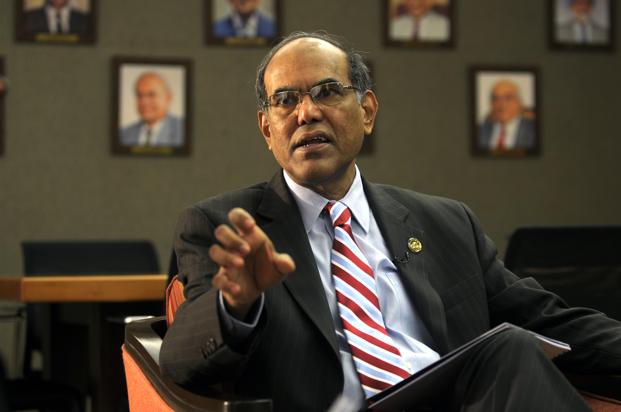If you ask economists about their expectations from the two-day meeting of the six-member monetary policy committee (MPC) that kicks off on Tuesday, they will say a quarter percentage point rate cut. If bond dealers are asked the same question, the answer is a deeper half percentage point cut.
The Reserve Bank of India’s (RBI) repo rate, or the rate at which the central bank sucks out liquidity from the banking system, is 6.25% now, a six-year low, after a quarter percentage point rate cut in October.
The rationale behind the rate cut expectations is the same for both economists and bond dealers, but the latter have become greedy after watching the yield on the 10-year benchmark government paper dropping to 6.10% in November, below the RBI’s repo rate. Bond yields and prices move in opposite directions, and hence, dealers have been making money with both hands in a market where a sudden surge in liquidity has been driving down yields.
To be sure, this is not the first instance of the yield on the 10-year paper dipping below the repo rate. The Bloomberg yield chart shows that in the past, the 10-year yield had dipped below the repo rate on several occasions and remained there for months at times—in May 2013, December 2011 to March 2012, September to December 2008, December 2007 to February 2008 and February to May 2004. However, the reason behind the sudden and sharp drop in yield this time is different: people’s rush to return old currency notes to the banking system after the demonetization, which made around Rs14 trillion worth of old Rs1,000 and Rs500 currency notes invalid. They are being replaced with new Rs2,000 and Rs500 notes. The only other country that saw a drop in bond yields in November was Greece.
In October, at the first meeting of the MPC, RBI brought down its policy rate to 6.25%, but did not change its year-end inflation projection of 5% with “upside risks”, although lower than what it had felt would be the risk while announcing the June and August monetary policies. The stance of the policy in October remained “accommodative” and its objective was to ensure “comfortable liquidity” conditions to revive credit to productive sectors.
The liquidity condition at this point is uncomfortable; there is a problem of plenty, but the increase in the ceiling of bonds that can be floated under the so-called market stabilization scheme (MSS) will take care of that. Introduced in April 2004, MSS soaks up excess liquidity from the banking system through short-term paper. At its peak, outstanding MSS in September 2008 was Rs1.77 trillion. The current limit is almost three-and-a-half times that amount.
Before the MSS ceiling was lifted from Rs30,000 crore, as an ad hoc measure, RBI had asked the banks to keep with the central bank Rs3.24 trillion worth of deposits they collected between 16 September and 11 November in the form of cash reserve ratio (CRR). The banks hate CRR as they do not earn any interest on it, even though they need to pay interest to depositors.
The CRR hike has been an interim arrangement; it is being replaced by the MSS bonds. The banks will not complain as they will earn interest on MSS bonds and to that extent, the cost of sterilization of excess liquidity from the system will be borne by the government and not the banking system.
Ahead of the sudden hike in CRR, RBI was sucking out liquidity through its reverse repo window, where it pays 5.75% to banks for parking their excess money, but this window could not have remained open forever as RBI’s stock of government bonds that are used for such transactions is only around Rs7 trillion. The banking system has already collected Rs10 trillion worth of new deposits and it would get more.
The surge in liquidity itself would have forced the banks to cut their loan rates (they have already pared their deposit rates), but RBI cannot afford to have the flood of liquidity making the policy rate irrelevant.
While the MSS will take care of the excess liquidity, a cut in the policy rate is justified by the drop in retail inflation. Inflation measured by the consumer price index (CPI) dropped to 4.2% in October from 4.39% in the previous month and it could drop even below 4% in November when it is expected to bottom out. From there, it will rise because of the so-called base effect, but still it could be just about 5% or a little less by March. Food inflation, which accounts for more than half of the CPI basket, has been tamed. In addition to this, the curb on currency will have an impact on inflation as it hurts people’s spending.
The other trigger for a rate cut is the impact of demonetization on growth. Analysts are trying to figure out to what extent economic growth will be dented by the currency crunch and how long it will last, and it is pretty certain that at least in the next two quarters we will see economic growth taking a beating. The Indian economy grew 7.3% in the September quarter after expanding 7.1% in the June quarter.
A quarter percentage point cut in the repo rate will take into consideration both—the concerns on growth as well as the comfort of lower inflation.
I would think the possibility of a quarter percentage point rate cut is far higher than a half a percentage point rate cut as well as a no-action policy, laced with a dovish statement.
The reasons why the MPC should not go for a deeper rate cut are many. Indeed, the inflation scenario is benign till the end of the current fiscal, but there will be pressure once all the recommendations of the Seventh Pay Commission are implemented and the goods and services tax comes into force. Besides, at its 171st meeting in Vienna on 30 November, the Organisation of the Petroleum Exporting Countries decided to cut crude oil production by 1.2 million barrels per day, beginning January 2017. This will lead to a rise in oil prices and impact inflation in India.
With the US economy adding 178,000 jobs in November and the unemployment rate falling to 4.6%, a level last seen in August 2007, It is fairly certain that the US Federal Reserve would announce its first interest rate increase in a year at the 13-14 December meeting of its policymaking body, Federal Open Market Committee.
How much hawkish would the Fed be in its statement and how many rounds of rate hikes can be expected next year are in the realm of speculation, but the MPC in India is likely to wait and watch instead of going the whole hog for a deeper rate cut now. Finally, a rate cut has implications for the currency, which has been under pressure in the past fortnight.
All these reasons may have restrained the MPC from opting for any rate cut, but demonetization has queered the pitch and I would bet on a quarter percentage point rate cut to 6%, a level last seen in September 2010 when then RBI governor D. Subbarao took one of his famous baby steps and hiked the rate by a quarter percentage point from 5.75%.
The October policy did not offer any forward guidance. There could be scope for another cut before the end of the fiscal year as the full impact of demonetization sinks in, but the bigger question is this—even if banks respond by cutting their loan rates, will companies come forward to borrow? Do we see new projects waiting to be financed?
At this point, there may not be too many takers even if they are offered free money. Meanwhile, bond yields will drop further and banks will continue to make treasury profits, which will help them provide for bad loans and clean up their balance sheets.



